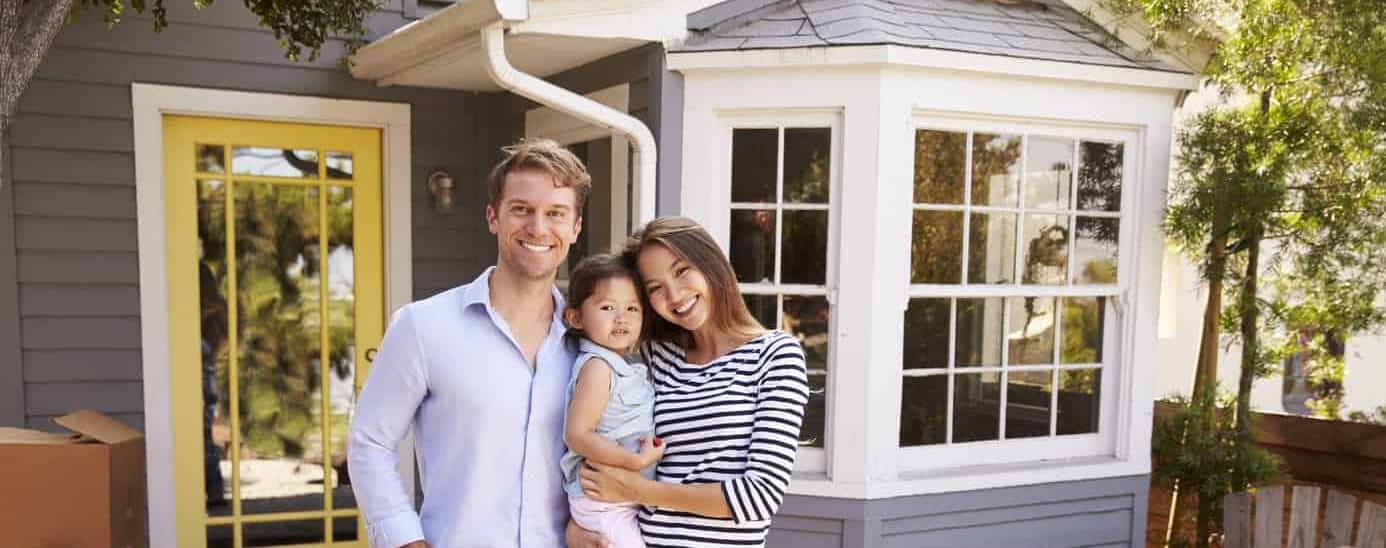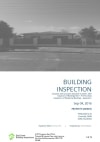Drainage Inspections
Water related issues are one of the most common defects in a building inspection, but you don’t have to wait until you sell your property to find out you have inadequate drainage.
East Coast Building Inspections provide a site drainage inspection service that will provide you recommendations on how to rectify inadequate drainage around your home or building. We provide our clients with a comprehensive report, indicating what water related issues your property has & how to rectify them. We recommend regular building inspections just like your annual pest inspection, this can save you tens of thousands in the long run.
Have you noticed any of the below problems?
Cracking
Is cracking appearing in your home? Do your doors stick, doorways shift, does your door fail to latch, are there cracks appearing in walls, windows that used to open and close easily suddenly begin to stick or won’t close completely. Cracks appear in walls, especially over doorways, windows, or where walls meet ceilings. Are there strange and alarming lines appearing on your external walls? Cracks in vinyl or ceramic tile over a concrete floor.
If the answer is yes, you have a could inadequate drainage & foundation issues!!
Small cracks that are attended to early can save you a lot of money, if your noticing small cracks appearing around the building get a building inspection early you might have a range of issues that can be rectified very easily & cost effective.
Big cracks don’t just appear they start as little cracks what you think might be something little can turn out to cost you in the long run. Don’t ignore cracks this is a sign that you need to act & fix the site drainage to your property.
Cracks are continuing to widen, indicating that a drainage problem may be deteriorating the foundations if the cracks are over 5mm wide you will be required to call a Building Inspector or structural engineer not a contractor or waterproofing expert to diagnose the problem, assess the risk, and propose repair works.
Mould
Most of us have encountered that smell when entering a building and noticing a musty odour. This generally indicates that there is a mould problem somewhere in the building which is caused by raised moisture levels you can assume that there is most likely a building defect starting with inadequate drainage in your subfloor.
Is mould appearing on underlay, carpet, skirting boards or lower parts of walls, do you see areas of white or grey crust on foundation walls that’s efflorescence—mineral deposits left behind by evaporating water.
If the answer is yes, you have a could inadequate drainage issues!!
Mould may grow indoors in wet or moist areas lacking adequate ventilation, including subfloor areas, roof void, exteriors of buildings, walls/ wallpaper, ceilings, wet areas, bathroom tiles, carpets especially those with fibre backing, insulation material and wood. If moisture accumulates in a building mould growth will often occur.
Many different types exist and all have the potential to cause health problems. It is impossible to determine what type of mould is growing by visual inspection only, there are thousands of known species found in homes & businesses.
Termites & inadequate drainage
Termites are attracted to moisture and are more likely to zero in on a structure if the soil next to the foundation is consistently moist. Excessive leaking can cause “Conducive” conditions to a possible termite attack.



